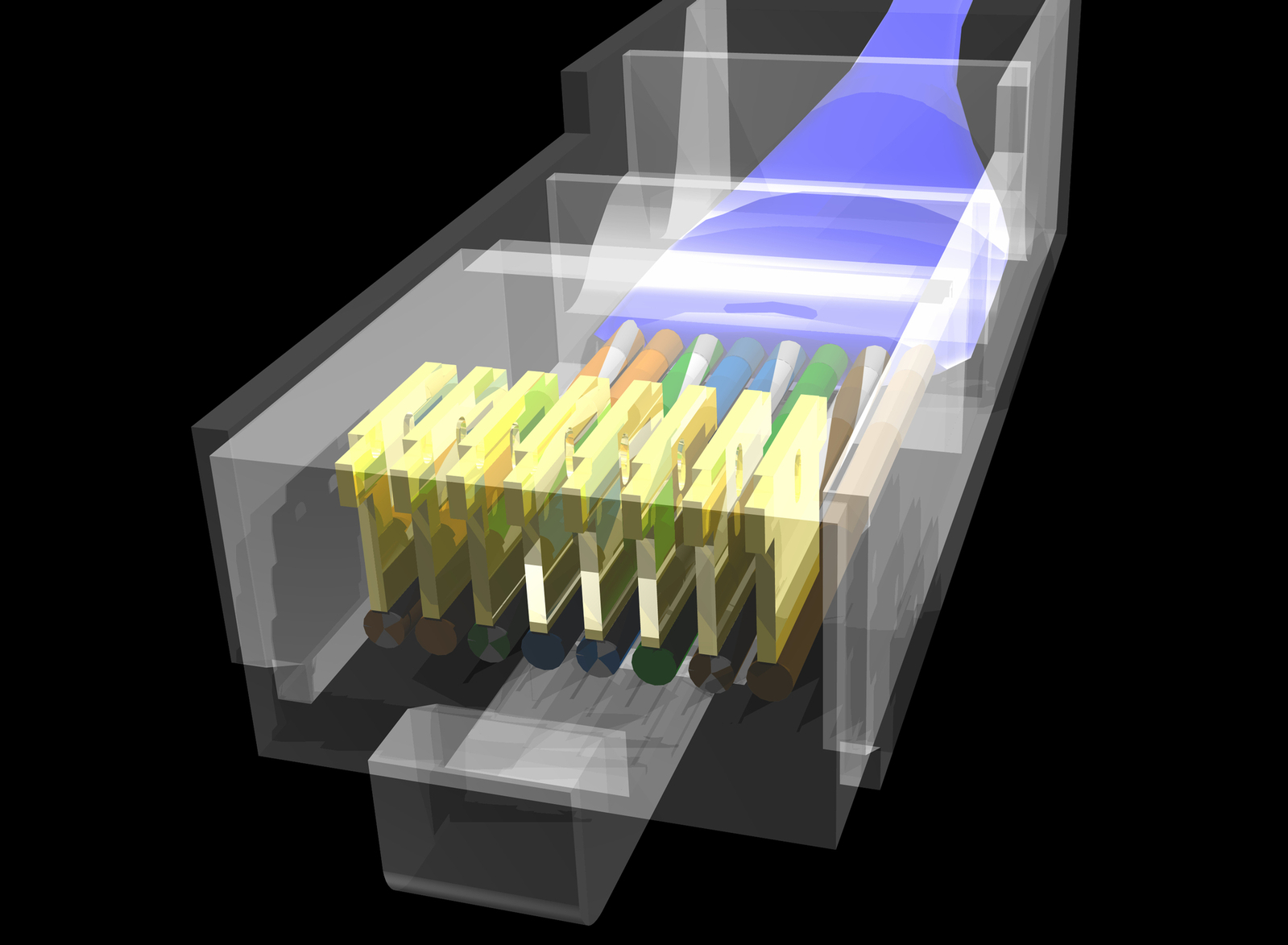This section is not meant to provide a complete overview over any of the following topics. Instead, it is merely meant to provide enough information to acknowledge their existence and, through that, encourage continued education of chapter-related topics.
The Countrywide Shut-Off Switch
Early in 2020, 80% of the country of Yemen lost internet when an underseas internet backbone wire was accidentally cut1. This high loss percentage shows just how critical these few wires are to connect everyone to everyone else. For that reason, control over these wires gives substantial control over internet access and all the resources contained therein. In 2019, the country of Iran intentionally shutdown the internet backbone in their country in order to prevent protesters from using social media platforms to organize2. Other countries, like Russia and China, have designed their internet infrastructure to enable the same end or to allow internet censorship. The internet relies on a series of interconnected nodes, so control over those nodes can mean control over access to internet.
Other Ways To Get Internet: Fixed Wireless
Fixed wireless internet is like a satellite-lite way of connecting to an ISP’s network. A modem connects to an antenna placed outdoors, but instead of using wireless to reach a satellite, it uses wireless to transmit to the ISP’s antenna on the ground. Fixed wireless will usually give you higher speeds than satellite (what with not having to go to low-orbit and all). However, the antenna relies on having a clear line-of-sight to the other antenna, so fixed wireless internet is very vulnerable to weather conditions and obstructions. Like satellite, it is intended for rural communities.
Other Ways To Get Internet: Cell (Mobile Hotspot)
Cell internet is a device getting its internet through a cell phone connected to the cell phone provider’s network. In this setup, the cell phone performs all the functions of a router and can even support the same security protocols as a dedicated router. A cell phone will send beacons like an access point and even perform DNS and DHCP functions too. The maximum number of devices serviceable by the cell phone depends on the phone; usually this is between 5-10 devices. The maximum amount of data allowed to connected devices depends on the plan, and internet speeds vary wildly depending on the: network, number of connected devices, cell plan, and location. Mobile hotspot internet access is recommended only when absolutely necessary because a mobile hotspot needs to support all the same functions as a router on battery power whereas a router can rely on wired power.
Power over Ethernet (PoE)
The inside of an ethernet cable has 8 individual wires divided into 4 pairs like shown in the following picture:

Power over ethernet (PoE) is a new standard that uses some of those 4 pairs to deliver power and some of them to deliver internet data. One implementation of the standard actually finds a way to deliver both power and internet data through all four pairs at once! Power over Ethernet is a neat use of resources that has helped the Internet of Things (IoT) revolution grow. IoT refers to all those devices connected to the internet now that are not the traditional desktop computer, laptop, and smart phone. These are devices like: smart lock, smart watch, smart thermostat, and home security cameras. With PoE, it is possible to power and connect these devices with a wired connection and still use just the one wire. Finally, PoE’s inverse – power providing internet – does exist but is not that widespread. It is called Broadband over Power Lines (BPL) and, like DSL or cable, uses existing infrastructure to transport data; this time it is the power lines! BPL is flush with issues though that have prevented the technology from taking off.
ADSL v VDSL
The current standard popular in the United States for DSL is called Asymmetric DSL (ADSL). Aysmmetric because download data is much faster than upload data. Popular in Europe is the variant SDSL – Symmetric DSL. Symmetric because the download speed is the same speed as upload. Now, a new variant of DSL has emerged: Very High Data Rate DSL (VDSL). It promises faster speeds than ADSL even though it uses the same copper telephone cables by transmitting the data at higher frequencies. Typically the trade-off by using higher frequencies, VDSL slows down even more than ADSL the further away you are from the ISP. This new development illustrates a fascinating and often frustrating part of the learning about the internet. Established standards are different in different areas of the world and even established standards are constantly evolving and changing.
References:
[1]: Uqba, Sana. “Yemen in Focus: Cable Damage Wipes out 80% of Country’s Internet Connectivity.” Alaraby, The New Arab, 15 Jan. 2020, english.alaraby.co.uk/english/indepth/2020/1/15/Yemen-in-Focus-Cable-damage-wipes-out-internet-connectivity.
[2]: Newman, Lily Hay. “How Iran’s Government Shut Off the Internet.” Wired, Conde Nast, 17 Nov. 2019, www.wired.com/story/iran-internet-shutoff/.